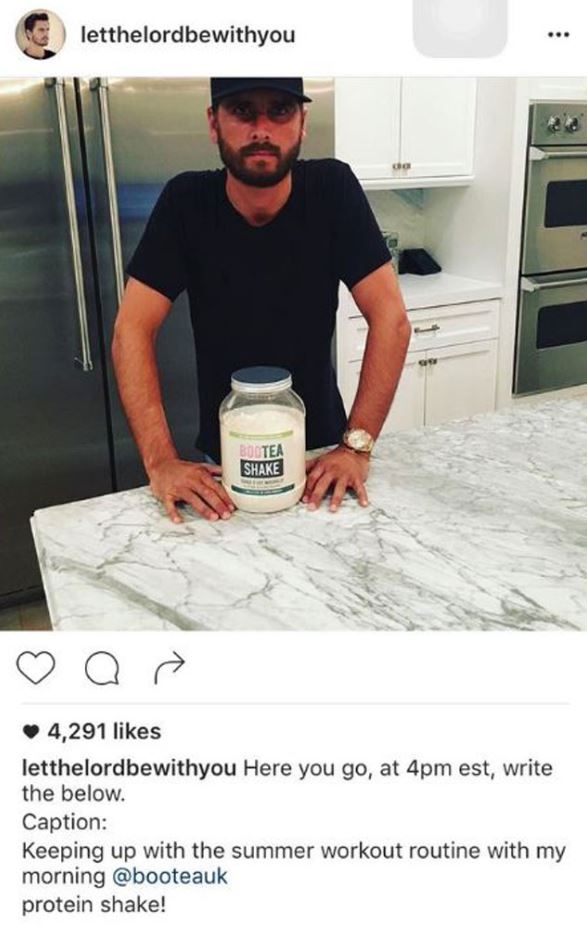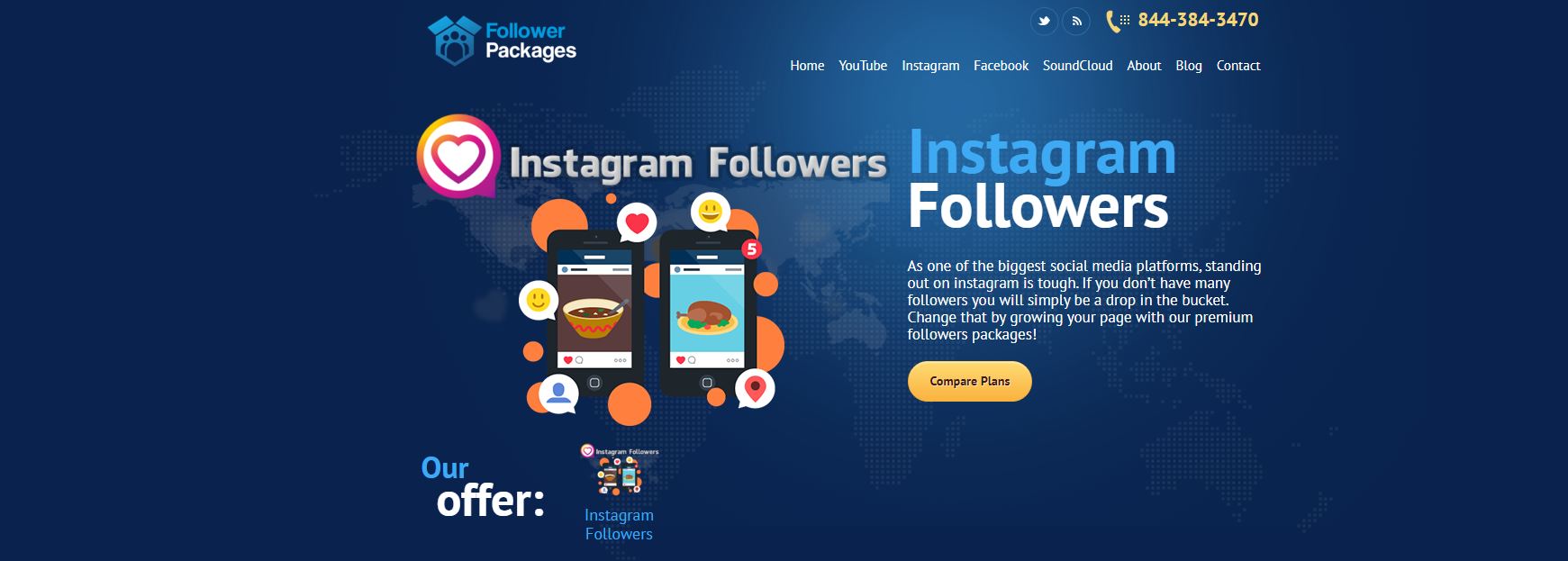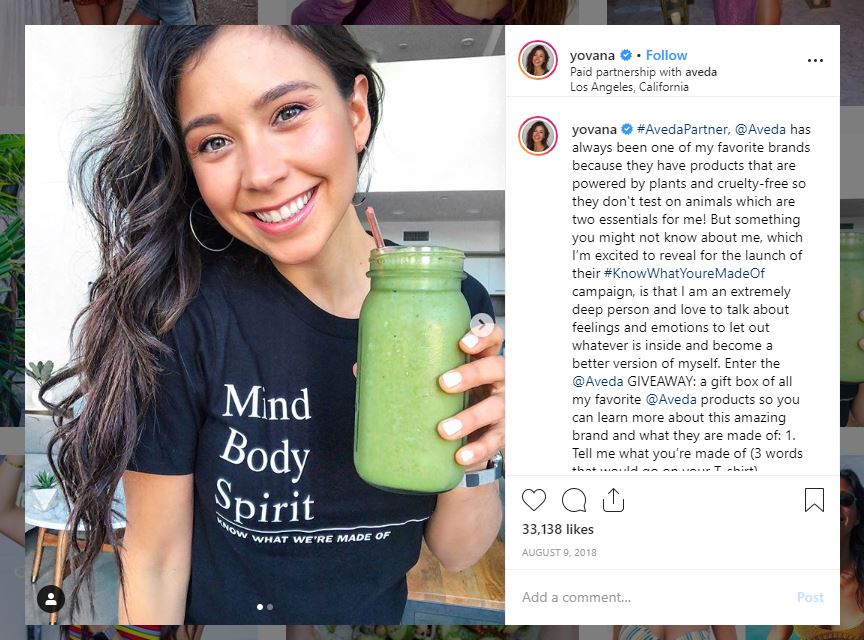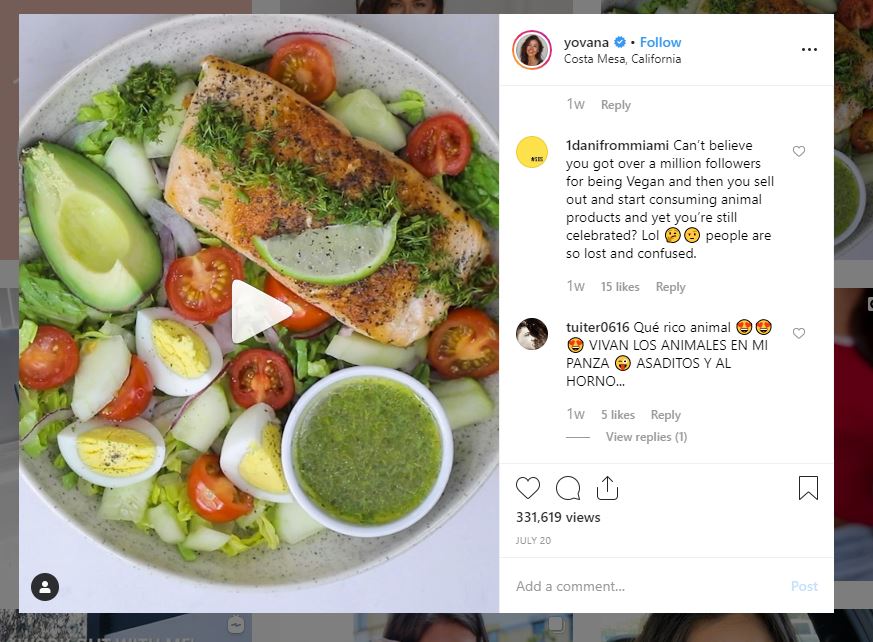media update’s Talisa Jansen van Rensburg dives deep into the world of influencer marketing on social media. Some brands love them, some hate them, but all brands need them —
at least, that’s what they're being told …But while influencer marketing may have its perks, there are also some dangers involved with bringing influencers into your marketing strategy.
Here are four of the dangers of using influencer marketing:
1. Inauthentic partnerships
Have you ever seen an influencer posting content about a brand or product, and you can clearly see that it doesn't fit in with their personality or style?
Inauthentic partnerships between brands and influencers are a BIG no-no. The biggest selling point of influencer marketing is that influencers
already have a relationship with their audience. So their audience is more likely to trust their posts than an advert from a large business.
When influencers post content that they don’t believe in, it reflects negatively on both the influencer
and the brand. Some of these influencers don’t even rewrite their captions before posting content. This shows how inauthentic their relationship with the brand is.
This Instagram post by Scott Disick is the perfect example of an inauthentic partnership:

2. Ethical conflicts
When a brand has a paid partnership with a social media influencer, it is important to remember that this person is a representative of your brand. So if they do things that you don’t want to be associated with, you might find yourself in an influencer-induced crisis.
An example of a person who has shown influencers
what not to do is YouTube personality Logan Paul.

He posted a video about a deceased person who he and his friends found in Aokigahara, also known as the Japense Suice Forest. More videos surfaced that showed how Logan Paul threw police officers with pokeballs and screaming “I choose you!” while he was in Japan. After posting the video, Paul lost a number of sponsors and paid partnerships for being disrespectful.
3. Fake followers
Influencers are chosen because of their ability to connect with a large audience. But in some cases, they purchase followers to appear more ‘influential’ than they really are.
Websites such as
Follower Packages or
Genuine Likes exist purely to help budding influencers appear more favourable to brands, increasing their chances of becoming a paid influencer. These sites allow inactive accounts or bots to be added to a person’s follower list.
Brands that partner with influencers with fake followers will be wasting their time on content that won’t
really be reaching anyone.


4. Influencers can change
When a brand chooses an influencer, they ensure that the person, their beliefs and lifestyle is in line with their service or products. The influencer’s followers and style should also suit the brand’s target audience.
One of the dangers of using influencers is that they are human — and they can change. This means that your influencer
could decide that they are tired of being a certain way and then change their entire persona.
Take, for instance,
Aveda — a cruelty-free brand that partnered with popular vegan Instagram influencer Yovana Mendoza. In 2018, people caught Mendoza eating fish, and she even admitted on Instagram that she no longer follows a vegan diet. Needless to say, her followers were
not happy!

People told her that they trusted and admired her, only to be misled and lied to. Do you think the brands she promoted on her page, specifically the vegan brands, could still use her as an influencer?
Certainly not ...After building up a relationship with her followers, she lost her credibility. Some people still give her a hard time, as seen in this post:
 Despite its negatives, do you think that brands should take the risk and still make use of influencer marketing? Let us know in the comments section below.
*Image courtesy of Pexels
Despite its negatives, do you think that brands should take the risk and still make use of influencer marketing? Let us know in the comments section below.
*Image courtesy of Pexels